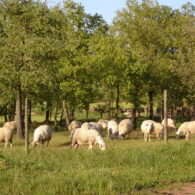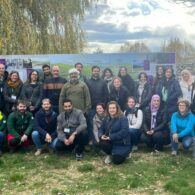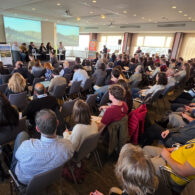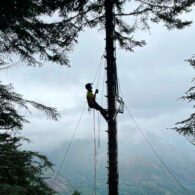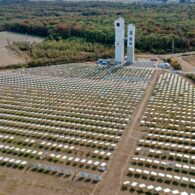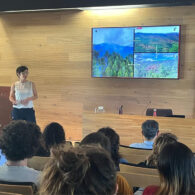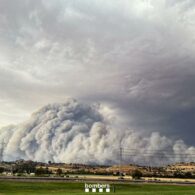The growing pressure exerted on natural ecosystems and the increase in extreme environmental phenomena lead to scenarios of greater vulnerability with respect to fires, pests, droughts, or climate change, to name a few threats. In addition, changes in land use, degradation of the productive and social fabric in mountainous and rural territories, increased urbanization, and social changes in the rural world mean new dynamics, pressures, and risks for natural and agricultural spaces.
Resilient agroforestry landscapes consist in implementing new transversal, multilevel, and multi-actor territorial management models. They must ensure the persistence of forest masses, the conservation of natural spaces and the good management of biodiversity while making it possible to supply resources and forest goods, farming activity, and preserve ecosystem services, both physical, biological, and cultural.
